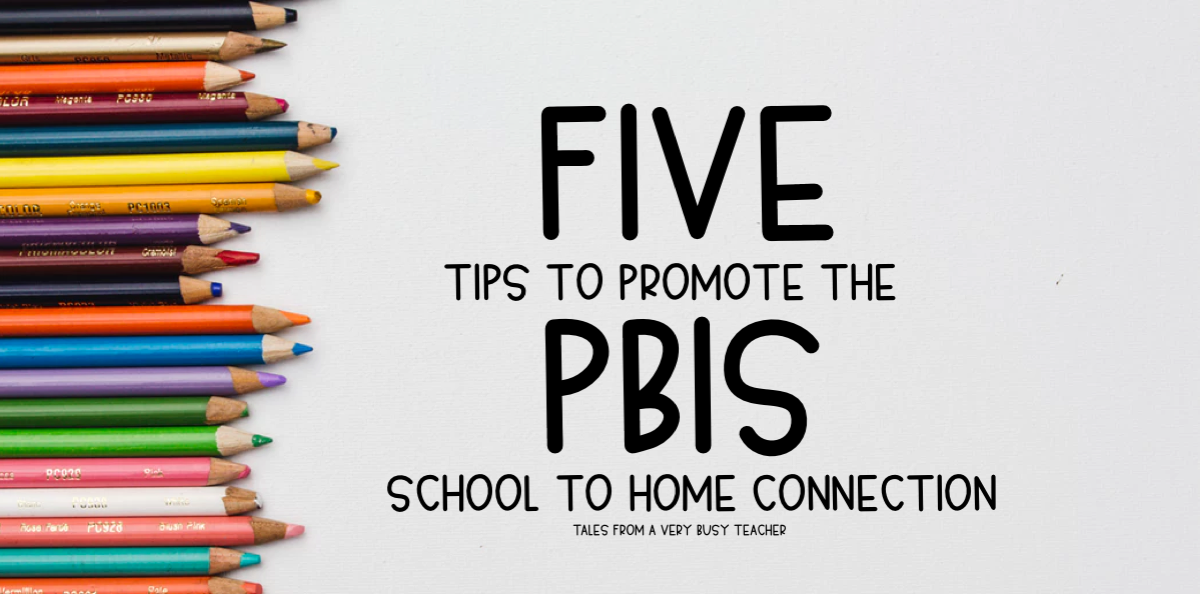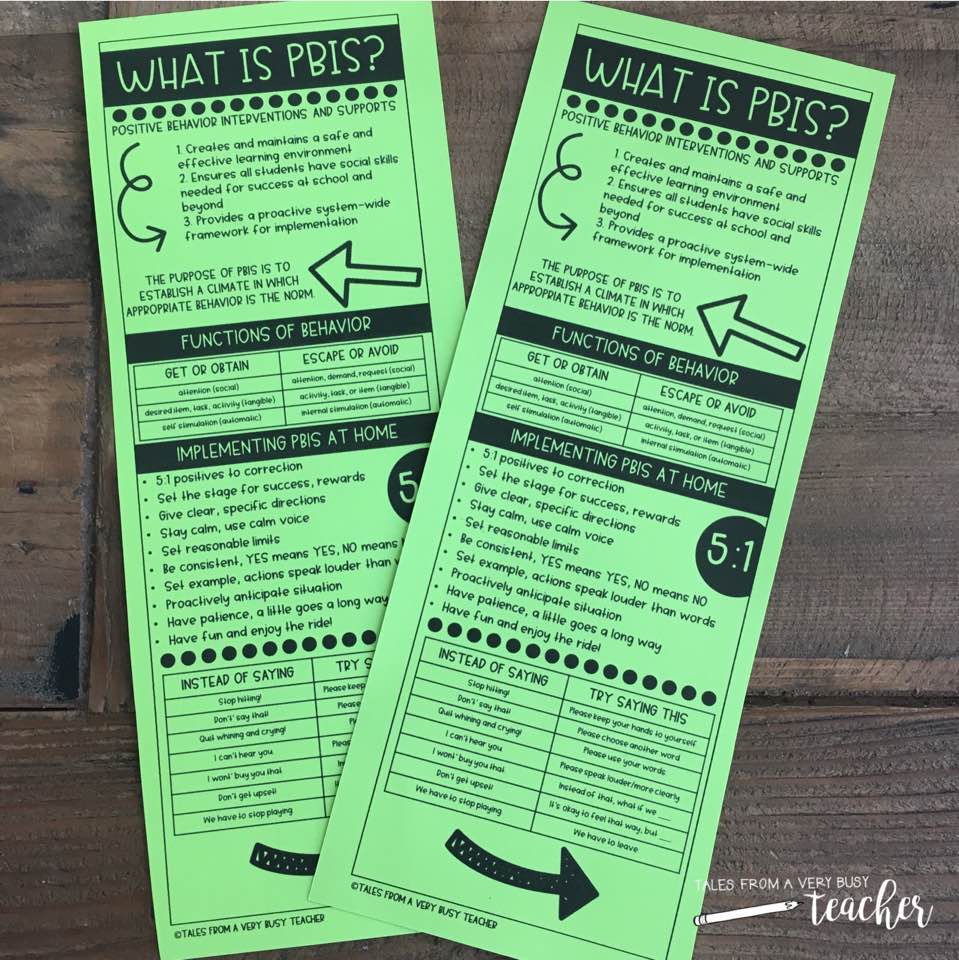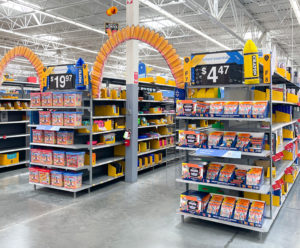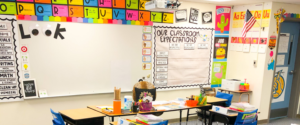Positive Behavior Interventions and Supports (PBIS) is a proactive, system-wide framework for creating and maintaining safe and effective learning environments in schools, and ensuring that all students have social skills needed to ensure their success at school and beyond. The purpose of PBIS is to establish a climate in which appropriate behavior is the norm. Our goal is to explicitly teach students appropriate behavior expectations.
We teach and reinforce appropriate behaviors at school by promoting school mascots and catchy mnemonic devices, incorporating schoolwide and classroom matrices, rewards and incentives, a behavior flow chart, office discipline referrals, and by monitoring data. But how can we bridge the gap between school PBIS and home PBIS? We need to engage our parents, families, and communities in our PBIS behavior expectations in order to maintain the norm of appropriate behavior.
Here are five simple ways to keep families engaged, while helping them promote and facilitate PBIS at home:
1. Family Workshop Nights
Offering family workshops at your school site or as a district is an engaging and informative way to get parents involved. Our district recently held a Fall Family event. We had presentations for parents about technology, PBIS (school to home connection), growth mindset, math, and social-emotional learning. We hold these types of events throughout the school year, so parents have multiple opportunities to participate. Other districts also hold workshops for parents to participate in hands-on activities that can help their children. Some schools use these types of workshops as an incentive for positive student behavior as well. It’s a tie to what our students value most: time with the adults in their lives.
2. Home Matrix
Giving families the tools to implement a home matrix is another value home connection to PBIS. Informing parents about the school and classroom matrices is the first step in helping parents create a home matrix. Explain to parents that they need to also determine which areas at home need expectations to be explicitly taught. Give parents an editable Home Matrix, so they can start creating their home expectations.
3. Parent Team Member
Having a parent on your PBIS team is an essential part of bridging the gap between PBIS at school and PBIS at home. A parent team member can help communicate PBIS news to other parents, they can be the helpful voice in coming up with expectations and/or rewards and incentives.
4. New Parent Conferences
Instead of only giving parents two opportunities a year to communicate with teachers, add more opportunities for parent engagement. You still need to the time to communicate reading levels, progress, and math fact attainment, but engage parents by offering workshops (see above), volunteer opportunities, or make parents a part of the incentives for meeting PBIS expectations.
5. Positive Behavior Notes
Sending home positive behavior notes from teachers and administrators can help students feel valued, respected, and noticed. It also helps the parents see which PBIS expectations their children are meeting. Usually, parents are notified when something negative has happened, or when a rule has been broken. Flip the script by notifying parents when positive things have happened and when children have made good choices. This will reinforce PBIS expectations, help with parent-school communication, and foster good relationships with all school stakeholders.
Overall, we all want the same thing and we have the same goal; we want what’s best for our kids. Getting parents engaged with PBIS will help us attain that goal.
You can start informing your school families about PBIS by using these bookmarks. Grab them for free here!






